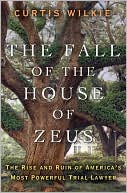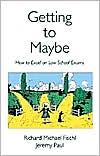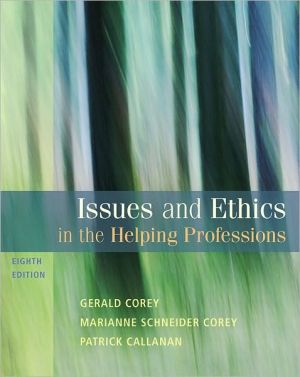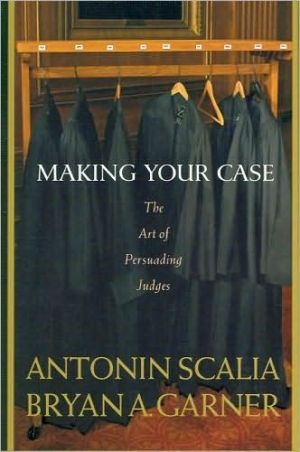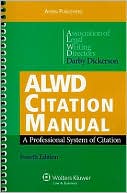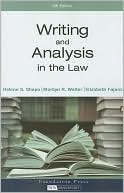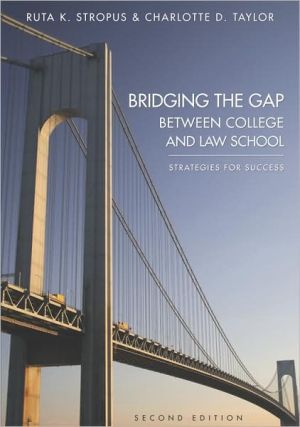Vanderbilt Law School: Aspirations and Realities
The Law Department was one of two departments that opened for classes in the fall of 1874 in the newly-founded Vanderbilt University. The operation of the institution in the nineteenth century was governed by a quasi-proprietary model, which was abandoned in 1900, when the University made the school a more integral part of the academic enterprise.\ The first half of the twentieth century was a struggle for survival. The School faced a number of obstacles, including the educational and...
Search in google:
The Law Department was one of two departments that opened for classes in the fall of 1874 in the newly-founded Vanderbilt University. The operation of the institution in the nineteenth century was governed by a quasi-proprietary model, which was abandoned in 1900, when the University made the school a more integral part of the academic enterprise. The first half of the twentieth century was a struggle for survival. The School faced a number of obstacles, including the educational and cultural headwinds that all Southern educational institutions faced, limited resources, and a University hesitant to embrace national trends in legal education. These realities resulted in the School's expulsion from the Association of American Law Schools in 1926. A renaissance of sorts began under Dean Earl C. Arnold a few years later, but was ultimately snuffed out by the Great Depression and then the onset of World War II. The Law School's doors were closed in 1944. Vanderbilt Law School reopened in 1946, and John W. Wade's twenty-year deanship, beginning in 1952, set the School on a new path. While the institution's continued existence was no longer in doubt, the School encountered new tensions and conflicts. Vanderbilt became the first integrated Southern private law school in 1956, as part of a broader movement to diversify its faculty and student body. The movement from regional to national aspirations created new fault-lines among the School's constituencies, as did the debate among the faculty over the relative priorities of teaching and research. Throughout the century, developments in the academic program reflected and contributed to the new, modern understandings of legal education. This history is based on interviews and extensive archival research in personal papers, reports, Board of Trust and faculty meeting minutes.
List of Illustrations ixPreface xiIntroduction: Aiming for the Stars 1Vanderbilt Law School in the Nineteenth Century: Its Creation and Formative Years 3Introduction 3External Influences 4Part of "A Great University" 7"A False Start" 9The "Lease" 12The "Lessees" 14Changes in Composition of the Faculty 16Law Students 19Academic Program 23Infrastructure 27"Reorganization": Poised for Change 33The Struggle for Respectability 37The Challenge of Leadership 37A National Embarrassment 44Geographic Capture 52Standards and Students 56A Shortage of Resources 64The Recovery of Stature and Reputation 74A New Dean and a New Course 75Depression Era Finances 80Meeting Regional Challenges 85Academic Respectability 92A Casualty of War: The Doors Close 98Reopening the Law School 113The WadeYears 122John Webster Wade 122Outgrowing the Region 125Breaking the Color Barrier 138Institution Builders 147Making the Most of Second Careers 154Opportunities and Challenges 165Introduction 165Choosing Among Priorities 165Mining a Larger Pool of Talent 173A School ... Not an Olympics 182Modernizing the Academic Program 194Epilogue: A Future Even Greater Than Its Past? 201Vanderbilt Law School Deans 205Notes 207Index 281
\ From the Publisher\ Readers interested in the history of legal education and the politics of American higher education will find a gread deal of valuable information in this book, while VLS alumni will find it absolutely fascinating.\ --The Journal of Southern History\ [C]arefully researched in the archives and provides informative context for both the specialist and non-specialist reader.\ --Bruce A. Kimball\ \ \

